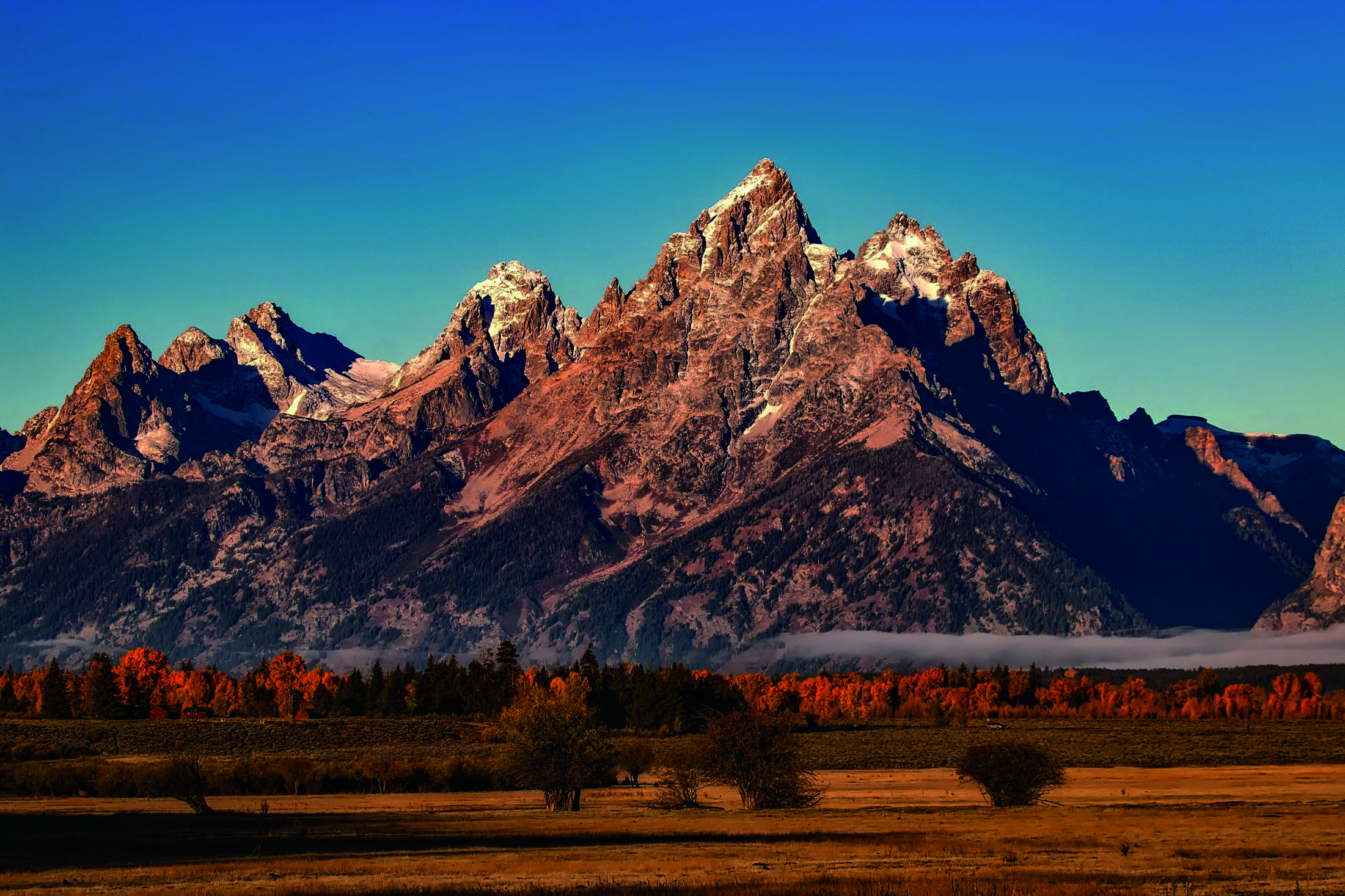By Stefanie Morales
At the halfway point of the 2022 Winter Olympics, viewership has largely stayed at the levels with which it began. To date, the Olympics are down 46% in total viewers compared to 2018 and 57% among adults 18-49 (31% and 43%, respectively) compared to the Summer Games in 2021.
This year, NBC had the unique opportunity to air both the Olympics and the Super Bowl on the same day after switching contract years with CBS in 2019. In past years, the Super Bowl has taken place the weekend prior to the Opening Ceremony, but, due to scheduling, the two events were set to overlap. With the broadcast rights for both major sporting events, NBC opted to air live Olympic coverage in the post-Super Bowl prime time slot rather than spotlight an entertainment program (which has been customary for many years). Sunday night’s telecast featured the medal rounds of women’s monobob (single bobsled) in the sport’s Olympic debut and the ice dancing free dance. The U.S. took home both the gold and silver in the monobob as well as the bronze in ice dancing.
Airing in the post-Super Bowl slot gave the Olympics a huge viewing boost, bringing in over 21 million viewers and a 5.61 rating among adults 18-49. This was a 30% increase compared to the same night in 2018 among total viewers, an 84% increase among adults 18-34, and a 47% increase among adults 18-49. Viewing was twice as high as the same day for the 2021 Summer Games with a 150% increase among adults 18-34 and a 95% increase among adults 18-49. The adult 18-34 rating of 4.47 was higher than the previous four days combined (Wednesday- Saturday). With both events airing the same day, NBC estimates they delivered 6.4 billion ad impressions on the NBC broadcast network alone across the full broadcast day, including pre-game broadcasts and Olympic programming.
While Olympic viewing soared on Sunday night, the decision did not have a lasting effect as Monday’s figures fell to just 7.8 million viewers. Tuesday’s prime time delivery rose slightly to 8.7 million (an 11% boost), but Wednesday’s prime telecast recorded just 6.9 million viewers, the lowest prime viewership of the 2022 Games to date. Tuesday’s telecast included the marquee event of women’s figure skating, which is embroiled in controversy. Fifteen-year-old Russian Figure Skater Kamila Valieva was found to have a banned substance in her system during routine drug testing prior to the Olympic Games. Despite testing positive, the Court of Arbitration for Sport ruled she could still participate in the Olympics, a decision that has drawn severe criticism from experts and athletes across multiple sports. Amplifying the issue, the country of Russia is currently serving a two-year suspension from World and Olympic competitions due an investigation from the World Anti-Doping Agency (WADA) that found a years-long, state-sponsored doping scheme. Athletes were allowed to participate in both the Summer 2021 and Winter 2022 Games under a neutral flag identified as ROC (Russian Olympic Committee). The final round of women’s figure skating aired live on Thursday morning on USA with a replay on NBC’s prime time Thursday night. Ratings for that telecast will be available later today.
Outside of broadcast and cable TV, streaming continues to be record-breaking. On Sunday night, 1.5 million viewers streamed prime time coverage, the largest Olympic streaming audience to date according to NBC. The Olympics Total Audience Delivery, an internal NBCU metric, reached a total of 24 million viewers across all platforms, the largest Olympic prime time audience since the opening Sunday of the 2018 Winter Games. As of February 15th, users have streamed a total of 3.13 billion minutes across NBCUniversal’s digital platforms, setting the record for the most-streamed Winter Games ever and surpassing 2018 PyeongChang’s 2.17 billion minutes.
Streaming measurement company Conviva is reporting a 349% increase in streaming for the 2022 Opening Ceremony compared to the 2018 Opening Ceremony. Smart TVs and connected devices accounted for over 40% of total streaming, but tablets came in as a surprisingly significant device accounting for 28% of streaming time, over-indexing the 5% average for total video streaming in fourth quarter 2021. This is likely due to viewers streaming the telecast live as they went about their day.
Social media continues to be the go-to place for non-competition content, including commentary, conversation, and behind-the-scenes footage from competing athletes. The U.S. Olympic Committee topped 2.2 million TikTok followers, more than twice the next largest federation. Brazil (a bigger force in the Summer Olympics) was second with 1 million followed by Italy at 467,000. TikTok saw 1.7 million installs in the U.S. from February 4 to 12, according to data from Sensor Tower, topping the 1.1 million installs for Instagram and 1 million for YouTube. Excluding TikTok, Twitter led social content produced by official federations in the week leading up to the Games with a 37% share. Instagram, however, was the most engaged audience with a 66% share of engagements.
The Olympics Show Record-Breaking Streaming, Further Demonstrating the Viewing Shift
February 18, 2022 // Thought Leadership

